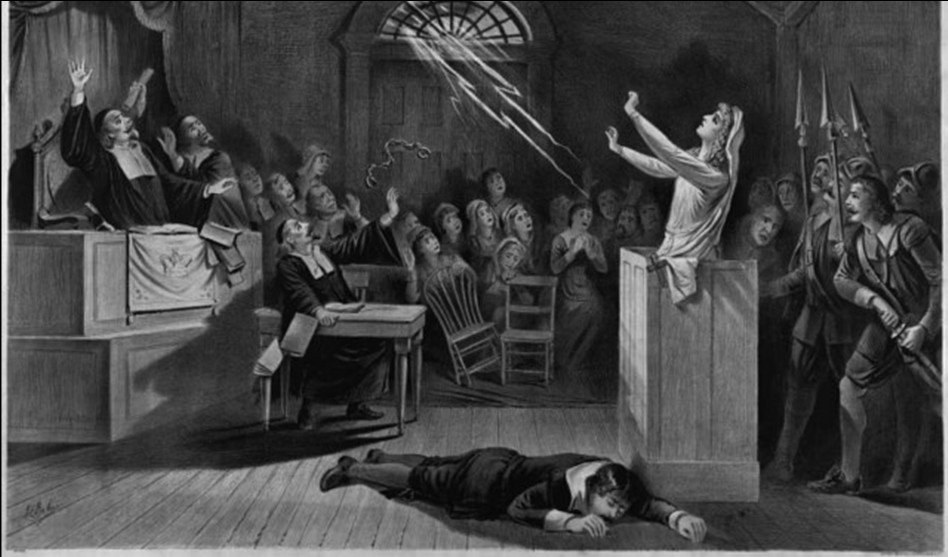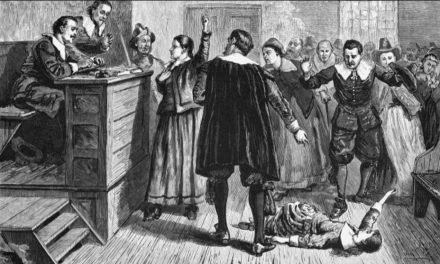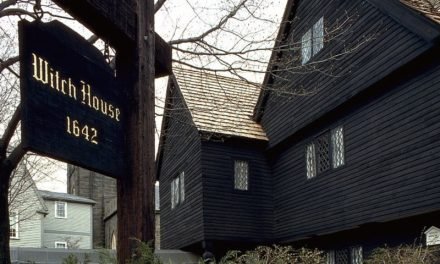The supernatural events that happened in the Massachusetts Bay Colony in the early 1960s have been subjects of books, movies, and TV shows — some based on actual history and some simply made up. However, the exact causes of the Salem witch trials can never be fully understood. Yet, looking back at some of the beliefs and traditions of the time may give us a clue.
The Puritans and their beliefs
The Puritans were a religious group who settled in the Massachusetts Bay Colony in the early 1600s. The colonists were a very strict, conservative group with a belief in predestination, or in other words, God decided who would be saved and who would be condemned long in advance.
They also believed in the devil, and that he was actively trying to harm Christians. This led to a belief in witches – people who were in league with the devil and were trying to harm innocent people.
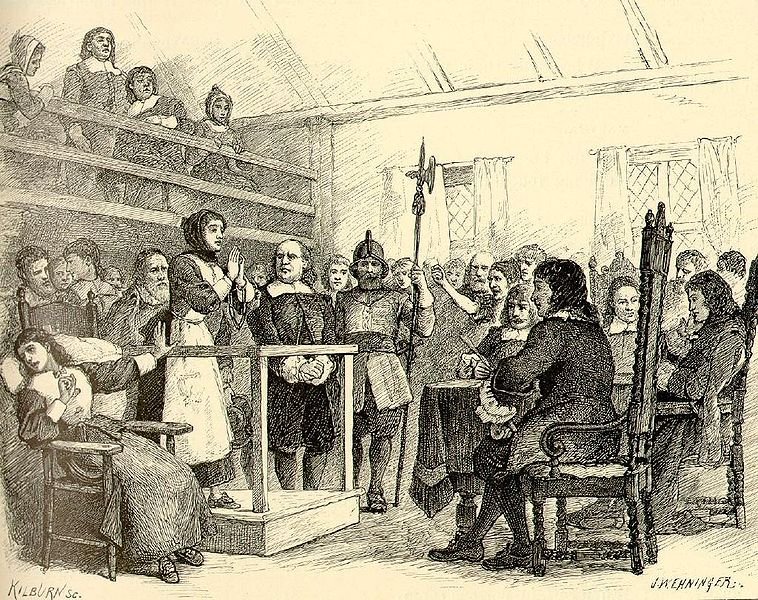
The Role of women in Salem society
Women in the 1600s were generally considered to be inferior to men. They were not allowed to own property or to attend school. They were also not allowed to vote or to hold any position of authority. This meant that they were largely dependent on men for their survival.
This made women easy targets for accusations of witchcraft. All it took was for someone to accuse a woman of being a witch, and she could be arrested and tried.
The superstitions of the time
People in 1690 believed in many superstitions. To the people of Salem, magic was real and all around them.
It was a common belief that demons, evil spirits, or even God were the sources of dreams. Many were convinced dreams were a prediction of the future, but some shunned the idea as an anti-religious belief.
They thought that black cats were witches’ familiars, and that things like rabbit’s feet could bring good luck. Spotting a dog with long, shaggy fur was a foreboding sign of bad things to come. Money usually came to people with an itchy right hand was another common superstition.
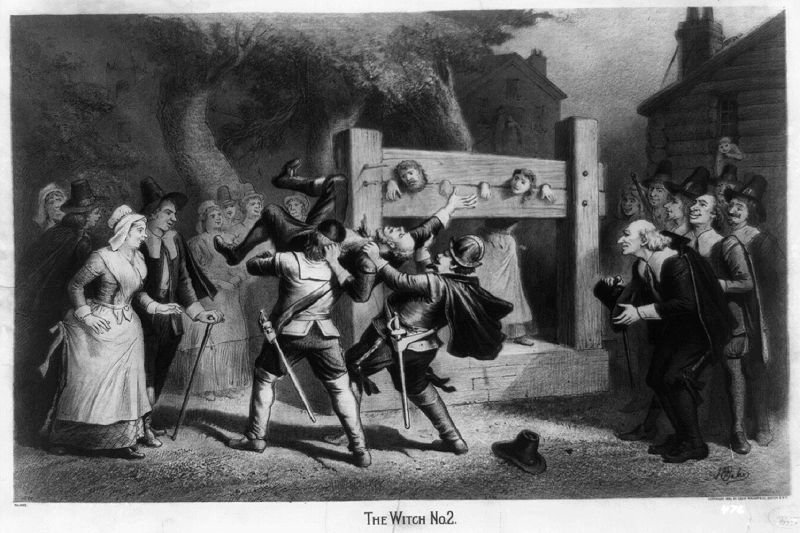
The trials
From February 1692 to May 1693, the Salem witch trials were hearings and prosecutions of individuals accused of witchcraft in colonial Massachusetts. The witch hunts and subsequent trials resulted in the executions of 20 people, most of them women.
The accusations usually began with young girls claiming that they had been harmed by someone who was a witch. The girls would claim that the witch had made them feel sick or had hurt them in some way.
The girls would also name other people who they thought were practicing witchcraft. These suspected witches would then be brought in for questioning, and if they were found to be guilty, they would be executed.
Social tensions in Salem Village
The Salem witch trials occurred during a time of great economic and social tension in Massachusetts. The colony was struggling financially, and there were many property disputes. There was also tension between the different religious groups in the colony, with the Puritans being the most dominant group.

Hysteria
Hysteria is defined as “behavior exhibiting overwhelming or unmanageable fear,” and this is likely a cause of the Salem witch trials. People were afraid of being accused of being a witch, and this led to them accusing others of witchcraft in order to deflect suspicion from themselves.
The mass hysteria was also caused by the fact that there was no clear definition of what a witch actually was. This allowed for anyone to be accused of witchcraft and led to many innocent people being convicted and executed.
The Role of the court system
The court system played a major role in the Salem witch trials. The local magistrates were biased against the accused witches, and many of them had a personal stake in the outcome of the trials. This led to many innocent people being convicted, and even more Salem village people being accused of witchcraft. The court system also allowed for spectral evidence – evidence that was based on visions or dreams – to be used in the trials against the accused witches. This type of evidence was often unreliable and led to many innocent Salem residents being convicted.

The aftermath
The Salem witch trials showed that even in a society based on religious freedom, it was possible for mass hysteria and intolerance to take over. The trials also led to changes in the legal system in the American colonies and made it more difficult for people to be convicted of witchcraft.
The legacy of the Salem witch trials
Witchcraft was used as a scapegoat for all of society’s problems. The people of Salem were looking for someone to blame, and the witches were an easy target.
The Salem witch trials have left a lasting legacy on American history and society. The witchcraft craze showed how easily people can be wrongly accused and convicted, and how quickly hysteria can spread. The trials also led to a change in the way that witchcraft was prosecuted in America and helped to create a more fair and just legal system. Finally, the Salem witch trials remind us of the importance of tolerance and understanding.

